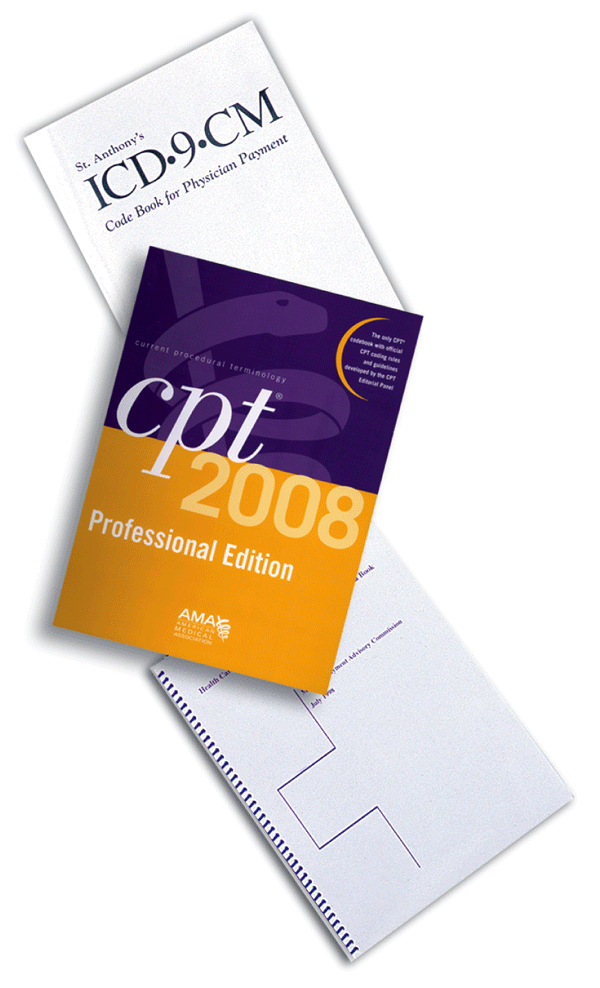 Q: What is the purpose of a financial waiver form?
Q: What is the purpose of a financial waiver form?
A: Financial waiver forms provide notification to patients about the practice's expectations regarding insurance coverage for a specific service. Providers and facilities utilize them when they believe or know that the item or service is not covered or may not be covered. They provide patients with the option to receive the service and, by signing the waiver form, agree to be financially liable if the item or service is denied coverage.
Q: What types of waiver forms do the Centers for Medicare & Medicaid Services publish?
A: CMS publishes two types of waiver forms: an Advance Beneficiary Notice and a Notice of Exclusions from Medicare Benefits. Use of ABNs is required when appropriate; the NEMB form is optional.
CMS unveiled a new ABN in March, with an implementation date of September 1, 2008. Providers and suppliers may begin using the new form now. Several changes have been made, including:
• A new name; it is now called "Advance Beneficiary Notice of Noncoverage." It will still be known as an ABN.
• It combines two forms into one; separate forms for general use and lab services are no longer necessary.
• It may replace the NEMB form. A notice of exclusion is still optional, but this new ABN can be used to notify patients of exclusion from coverage.
• It requires a cost estimate to be completed. The old ABN provides a place to fill in estimated cost but its completion was optional.
• It adds a third option for patients indicating that they want to receive the item or service but do not want Medicare billed.
The revised ABN form is expected to be available in Spanish. An English version and instructions can be found at cms.hhs.gov/bni.
Once you have determined that the form is needed for the item or service about to be provided, you must complete your portion of the form before asking the patient to sign. Fill in the patient's name at the top of the form; the Medicare number is no longer used but you may include an account number or other identification for your own use.
Complete the various blanks, describing what you propose to provide, why you believe it to be noncovered, and the estimated cost. Use language the patient can understand. You may add CPT or HCPCS codes, but codes alone are not sufficient without a description. The reason(s) for anticipated denial must be specific to the particular patient; general statements such as "medically unnecessary" are not acceptable. As an alternative, consider a specific statement such as "Medicare does not pay for this test for your condition."
Q: May we develop a template ABN listing items or services and reasons for possible denial in the appropriate "blank" boxes?
A: Yes, as long as the descriptions provide enough information for the patient to make an informed decision, these sections may be templated. We expect to see this approach for optical dispensaries providing post-cataract eyeglasses.
Q: May we collect the estimated cost from patients at the time of service after they sign an ABN?
A: Yes. The ABN informs the patient that you may ask him to pay now. It further states that, in the event of a denial, the patient can file an appeal to Medicare; or if Medicare pays you for the service, the patient is owed a refund minus co-pays or deductibles.
Note also that if you don't get a signed ABN form for an item or service that Medicare doesn't pay, or Medicare denies the claim, you'll be required to refund any payment you collected without proof of the Medicare beneficiary's advance acceptance of financial responsibility. You may not, however, have all patients sign a blanket waiver to ensure payment regardless of insurance coverage. Waiver forms should describe a specific item or service. If you plan an extended course of treatment, you may use one form but itemize all items and services on the form. If you change the course of treatment and new items or services are necessary, a new form should be introduced.
Nor is a single waiver form appropriate to notify patients of their financial liability to both the physician and facility. Both the physician and facility should execute a separate form for their respective charges. Usually, commercial payers do not publish specific financial waiver forms. For patients with commercial insurance, most physicians and facilities modify waiver forms published by CMS.
Q: What are the key components to include on the financial waiver form for a non-Medicare patient?
A: There are several. They include: 1) Identify the service or item. 2) Explain why you believe it may be denied or is noncovered. 3) Provide a service or item cost estimate. 4) Provide a statement that indicates the patient's agreement to pay if service or item is denied. 5) Provide a signature line for the patient to sign and date. Commercial payers may or may not require financial waiver forms. Your participation contract may include a provision requiring notification to patients when you believe items or services will be noncovered. Check with the individual payer.
Q: If my contract doesn't require waivers, why would I voluntarily use them?
A: There are a few good reasons. Many patients believe that insurance covers all services. We know this is wrong, but ensuring that all parties are on the same page about coverage is a good idea. Waiver forms validate that the patient was informed and agreed to compensate you for the service provided in the event of a denial. Patients "forget" that you told them and may plead that they were not informed to the insurance company. If the payer believes the patient was not informed and had no way of knowing of a potential denial, it could waive the patient's liability. A signed waiver usually negates the patient's appeal to the payer.

Ms. McCune is vice president of Corcoran Consulting Group. Contact her at DMcCune@corcoran ccg.com.



